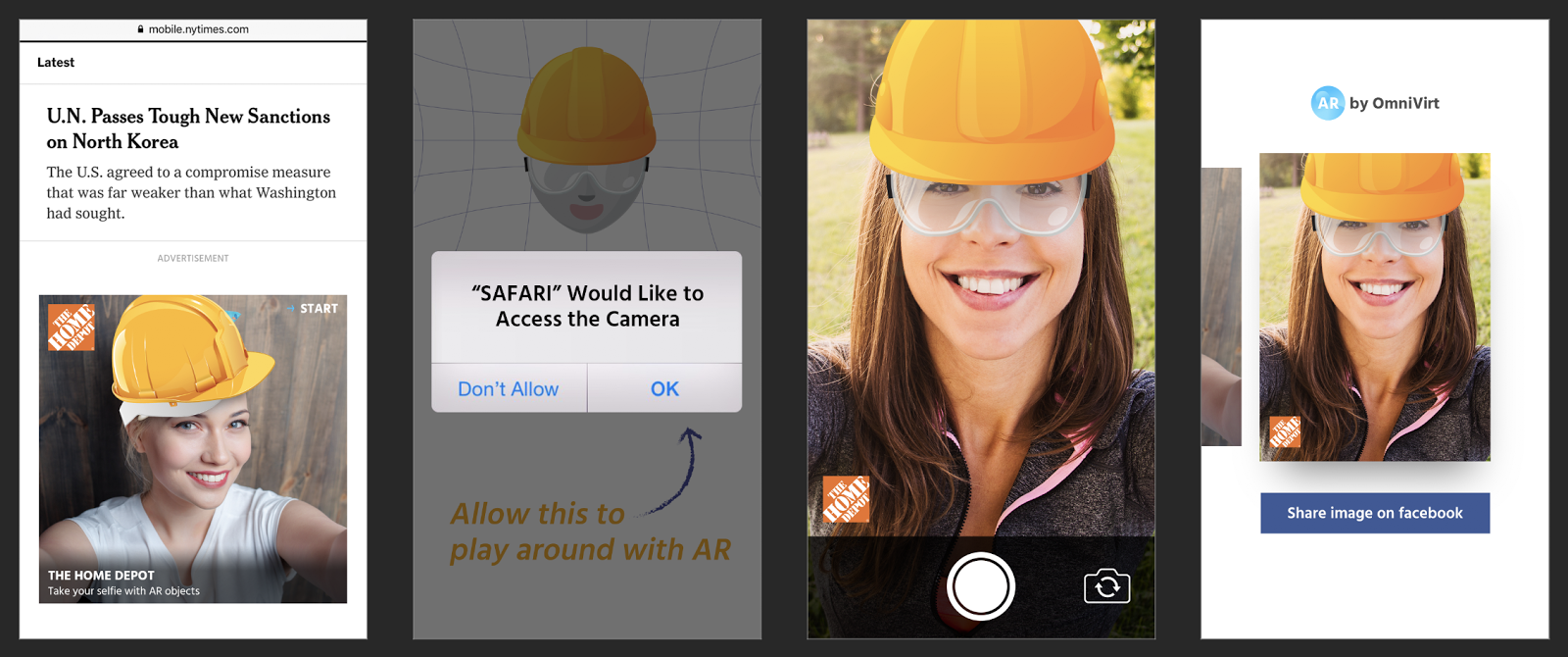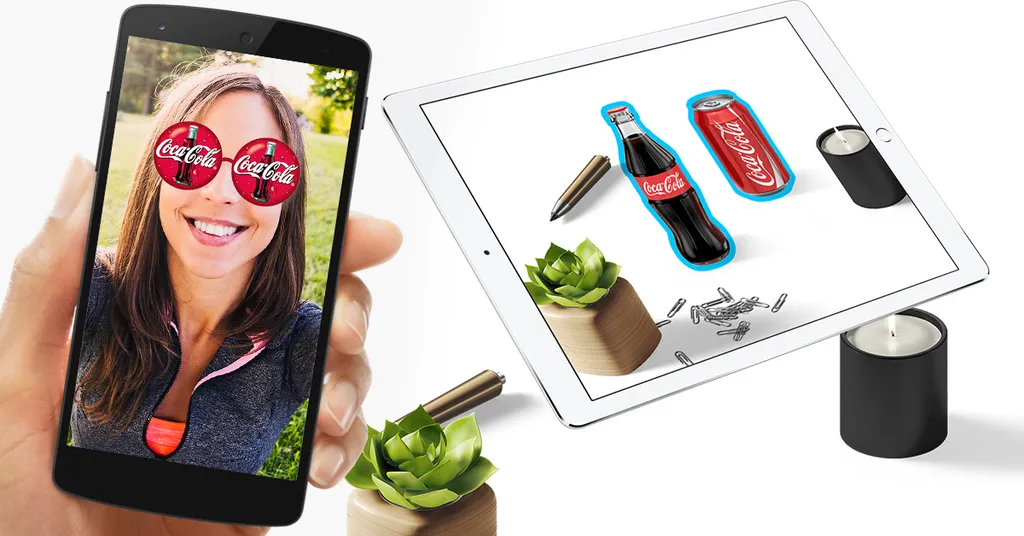What was the last ad that you saw? Or at least the last ad that you remember seeing? Why did this advertising stick with you? Did you share it with your friends? Did you talk about it with you co-workers?
Consumers today are bombarded with thousands of ad messages daily. And with all of this noise, it is virtually impossible for us to pay any attention to these messages. This is even more true when that message is boring. Today, consumers choose what they want to watch and where they watch it. The same holds true for advertising. A recent study titled “74% of digital natives tired of brands shouting at them” found that 16-39 year olds stop using social networks when they feel like they are just targets for advertising. Whether on social channels or across the web, we all know how to ignore boring ads and pay attention to the content that is interesting to us.
Consumers Are Looking For Experiences, Not Ads.
This is why we have seen dramatic shifts in the digital marketing industry. Major publishers have invested millions into building in-house branded content studios. The New York Times T- Brand Studio, Wall Street Journal Custom Studios, and USA Today GET Creative Studios are just some examples of how publishers are trying to help their brand partners engage consumers with messages that resonate. Simply having a 300×250 IAB unit that is selling a product is not enough anymore. Consumers expect and demand more from their advertising.
I spent 7 years at YouTube working on our advertising products and platform. It became quite clear with the roll-out of the TrueView platform (something you may know as the “Skip Now” button) that consumers are not interested in being sold to. Simply taking a 30 second TV commercial and sticking it in a YouTube ad slot will not perform. With today’s technology, escaping a marketer’s message is just a click away.
We live in a consumer led market, where audiences will choose which ads they want to engage with. When done correctly, today’s customer will create, remember and share on behalf of a brand campaign. Augmented Reality fits perfectly into this model. With this new AR medium, consumers are invited to interact, play, and share their experiences with their friends. The challenge of the passive one way ad unit is removed and the opportunity to provide an experience through an ad campaign is front and center.
What Does Augmented Reality Advertising Look Like?
Today, Augmented Reality advertising is taking two main formats:
The Forward Facing Camera (aka “The Selfie”)
We all love our Snapchat Filters. And now Instagram is in the game as well. What at first felt like a fun silly fad, has become a completely new media format. This format takes full advantage of today’s consumer, providing a fun experience, that they can play with and share. One of the best recent examples that bring this to life is HBOs Game of Thrones execution.
You can call me the Night Kim. New @GameOfThrones Snapchat filter just went live! #WinterisHere #NightKing pic.twitter.com/r9leZNhgqj
— Kim Renfro (@kimrrenfro) July 10, 2017
Seeing yourself as a white-walker is shocking and something that anyone would want to share with his or her friends. Given the consumer trends on both Snapchat and Instagram to take and share selfies, it is no surprise that this branded experience is becoming a fun way for marketers to engage consumers.
But this execution does not only need to be limited to social platforms. With recent announcements from Apple and Google, browser based AR experiences are now possible. In true Justin Timberlake fashion, marketers “can bring sexy back” to display advertising. The AR selfie that was once limited to a Snap filter can become ubiquitous across all web publishers.

With this technology, right from an article on The New York Times, CNN, or ESPN, you can transform yourself, take a selfie, and share it on social media.
The Back Facing Camera (aka “The Dancing Hot Dog”)
Some of you may remember “The Dancing Hot Dog” that took Snapchat by storm last month. Or for those of you that are active users, last week you may have experience the farting pineapple on Snapchat. Whichever inanimate object you played with, the fact remains that the backward facing camera is allowing consumers to play with virtual objects in the real world space around them. These may seem and in fact are just silly objects that are a fun creative media format.
— ♡brittany♡ (@brittany_melone) July 4, 2017
However, we should not underestimate the marketing potential of this surface detection technology. What started at first as a simple filter, is now an ad product on Snapchat – See: Snapchat Debuts Sponsored 3d World Lenses. The ability for a consumer to interact with their favorite brands or products through an Augmented Reality experience has real world applications. Take for example the most recent IKEA AR application that just launched
And there are real world applications here for marketers. See IKEA AR:
Excuse me, I’m just laying out IKEA furniture on a subway platform #ARKit #iphone8plus pic.twitter.com/lECKVB4VQi
— Scott Stein (@jetscott) September 19, 2017
The ability to see what a retailer’s product look like in your home is a game changer for the consumer. No more annoying trips to IKEA until you know exactly how that furniture will look in your living room. Less time shopping, more time eating Swedish meatballs.
And these applications don’t need to cost significant time and money to launch. The rendering of a 3D Object in a standard .obj file has become easier. Rather than having this experience live within social platforms, brands can engage consumers with their own branded AR apps.
At the end of the day, make it fun.
We are living in a consumer led marketplace. This generation, with the technology they have at their disposal will no longer be marketed to. They need to be invited into an experience with a brand. They will choose whether to engage or not. So with this in mind, if you are looking at creating an Augmented Reality campaign, at the end of the day, make it fun. Or at least make it useful.
Michael Rucker is the Co-founder and Chief Operating Officer at OmniVirt. OmniVirt is an Augmented Reality and Virtual Reality advertising platform for brands, agencies and publishers. The company’s technology powers distribution of immersive media advertising experiences across its premium publisher network, supporting multiple campaigns for clients like Toyota, Clorox, Samsung, Chevron, Universal Pictures and Johnnie Walker. This is a guest post not produced by the UploadVR staff. No compensation was exchanged for the creation of this content.


























